Horse slaughter is not the problem. It is the result of the problem.
You can read Part 1 of this post here.
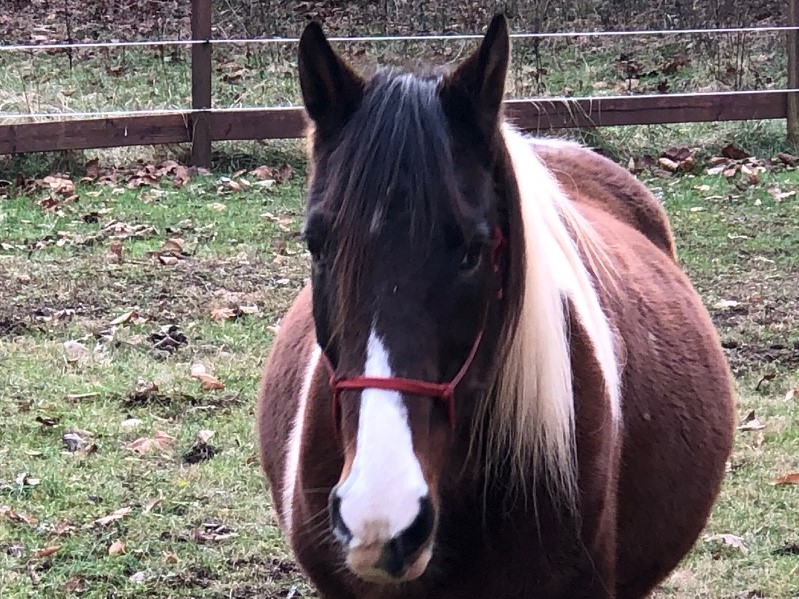
The problem is that there are too many unwanted horses in our country. I repeat for emphasis: The real problem is that there are too many unwanted horses in our country!
Horse slaughter is the result of that problem. So what are our options to reduce the number of unwanted horses in this country? It is estimated that an average of 100,000 horses per year are sent across US borders to slaughter facilities in Canada and Mexico.
So What is the Solution?
People in this country are still trying to point to slaughter as the problem. And to laws banning slaughter as the solution. The current (2019/20) version of the 2006 SAFE Act, if passed, would continue to prohibit US slaughter. AND it would prohibit transporting US horses across our borders to foreign slaughter facilities. I’m all in! I want nothing more than to stop those horrific packed truck rides to slaughter. I can’t imagine the fear and panic either of my two sweet horses would experience. BUT – that still isn’t addressing the real problem.
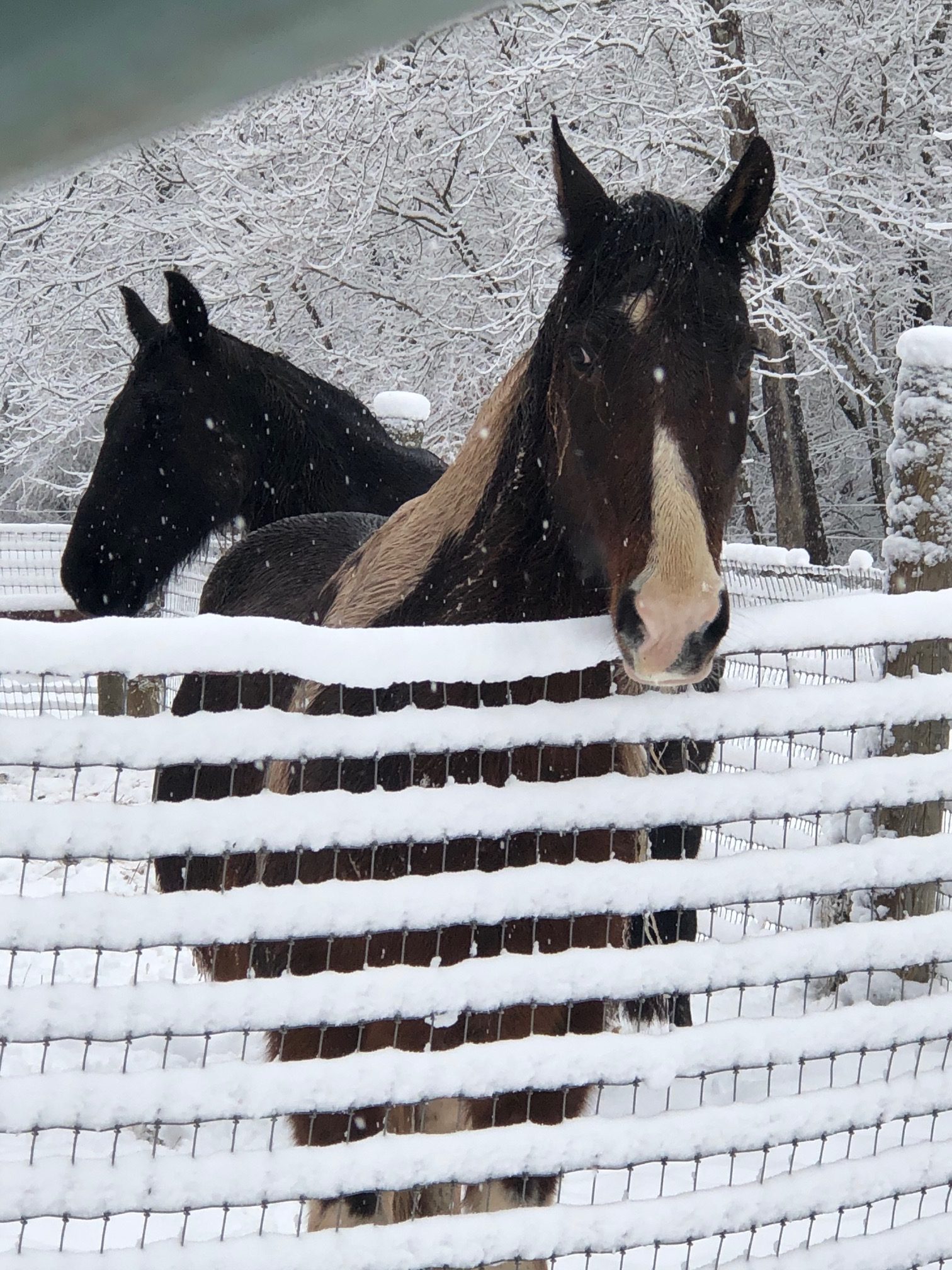
Looking at all those sources unwanted horses discussed in Part 1 of this post, and I am sure there are more; do we have solutions to the real problems? As a country, we are still generating around 100,000 unwanted equines every year!
Should we slaughter unwanted horses?
There are tons of reasons not to slaughter horses in this country. Especially for human consumption, or even for pet food. Some countries raise horses for human consumption. In our country, we treat horses as companion animals, or pets. We have developed a cultural distaste (pun intended) for eating our pets.
Additionally, our horses receive vaccines and medicines that are not considered safe for human consumption.
Another argument against the practice is the methods slaughter facilities use to kill animals. The standard practice is not suitable for horses due to physiological differences from other animals. Thus, the methods used are neither humane or quick and cause the animal to suffer.
Are there still glue factories?
When I was growing up, we were told that old, unwanted horses were either made into dog food, or sent to the “glue factory.” Laws now prohibit using horse meat in dog food processing. And glue – well, I guess there are still animal or “hide” glues in use, but most glue these days is synthetic.
So, advocates work to pass the new SAFE Act and stop horse slaughter. But there is still the problem of 100,000 unwanted horses every year! So where do they go?
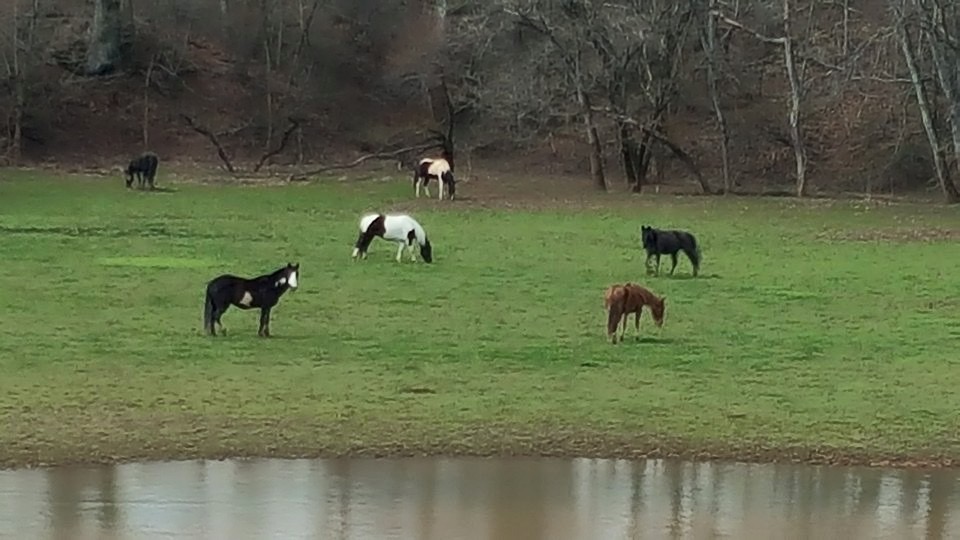
Where do 100,000 unwanted horses go?
Well, right now they are still sold for slaughter, to people often referred to as “meat buyers” at the auctions.
Wait! Not every horse sold at an auction house is bought by meat buyers. Many are purchased by individuals, trainers, and rescue operations. Some are retrained and make wonderful riding horses. There are even true stories of champions that were bought at auction. There are businesses that buy horses at auction, train them and resell them at a profit.
Yes, BUT, the numbers don’t lie! After all those horses are saved from the meat buyers, there are still 100,000+ horses transported to slaughter facilities every year. Transporters load those horses onto overcrowded stock trucks for the long trip to Mexico or Canada.
Is that trip really that bad?
There are regulations governing transport, but they are hard to enforce. Horses of nearly all ages, sizes and shapes are loaded on overcrowded stock trucks and transported for up to 28 hours at a time with no food, water, or care. If one falls in the crowd during transport, it will likely arrive dead. If not, it will be seriously wounded and terrified at the end of the journey. It is hard to imagine, and heartbreaking to consider, the sheer terror these animals must experience on these journeys. And they are still killed in the same inhumane manner our laws were trying to save them from.
In fact, there may be less restrictions and safeguards on slaughter in other countries. That is why I never quite understood the anti-slaughter movement in the US. Instead of being inhumanely killed in a more local facility, we load them into those torture trucks and THEN they are killed inhumanely. What did we gain? Is it an “out of sight, out of mind” issue?
Those of us that love horses, and spend any time getting to understand their natures, cannot ignore the unfairness of this system. Horses are sensitive creatures with their own complex form of socializing, communicating, and surviving. Every fiber of their being tells them to flee from danger. Imagine the depth of their fear on that trip to the end.
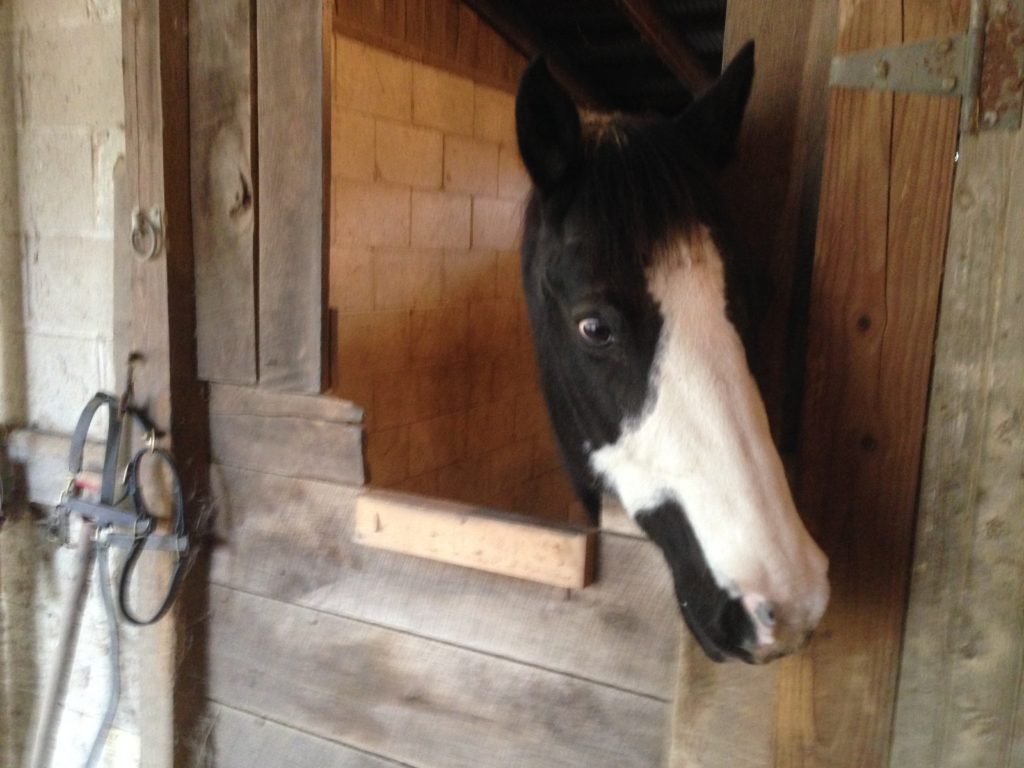
So, what is the solution?
I can’t rescue 100,000 unwanted horses every year. Neither can you. Neither can the multitude of rescue farms in our country.
The people advocating to ban both slaughter and transport have offered some solutions. Some may help, to varying degrees, but none of them can solve the problem alone.
1. Regulate (control) breeding operations. In our free society, this option is, and should be, met with concern. And if it is regulated, how would it be enforced? A law with no means of enforcing it is useless. And if the intent is to add taxes – well, I for one am tired of that approach.
2. Educate owners and breeders. Yes, this can help. Convince backyard breeders that breeding their mare with no papers and worse conformation is not a good idea. But it’s probably a losing battle when amateur breeders can point to commercial operations that throw away many more animals routinely. And when there are tax benefits to be had.
3. Promote more rescues. Rescue operations are typically run by a passionate individual or group who devote themselves to the cause. And many burn out because there are always more horses needing help than there are resources. And help and funds are hard to come by.
I have so much respect for the good horse rescues. My fictional “Lightning Stories” are about the horses that find their way to a rescue after a variety of life experiences. Of course, there are also rescues that are not good rescues. Run by people all too willing to take advantage of donors and mistreat horses. I don’t know how to begin to control some people’s greed.
4. Promote retirement farms. There are quite a few around, with different missions. All have some limit to the number of horses they can manage. Most have a long waiting list. If I had unlimited funds, and lots of help, this is what I would do. Start a retirement farm for unwanted equines.
But the costs are high. Older horses can need special diets, medications, vet care, hoof care, dental care, special facilities to get around in. And with good genetics, care and luck, they can live thirty or forty years or even more. Oh, and again, there are good retirement farms and bad. Some of the worst have been in the news for animal neglect and cruelty.
5. Promote donating animals to medical facilities or animal science studies. I have questions about this one. Is the animal humanely euthanized and then used to teach vet students anatomy through dissection? Or is it kept alive and subjected to testing and experimental research? Or is it used for non-invasive research on the nutrition and health of older horses? What happens after the study? Is it euthanized or is it sold at auction?
6. Promote more horse ownership. The ASPCA.org website claims that their “research suggests that there could be at least 2.3 million adults in the U.S. with the resources and desire to adopt a horse in need.” I haven’t been able to locate the research details, but I am leery of words like “suggests” and “could be.”
Still, there are some great initiatives working hard to get good homes for good horses. One of these is The Right Horse Initiative. (www.therighthorse.org). It is an ASPCA program that partners with existing horse rescues, trainers, and horse advocates. Right Horse has a goal of increasing horse adoption, and there are many success stories highlighted on their website. (I am not affiliated with this program, I just admire the effort and results.)
7. Promote humane euthanasia clinics. We do need better alternatives for people to manage the end-of-life decisions for their horses. But it isn’t an easy task. Chemical euthanasia is expensive, and causes the body to be unsuitable for burial for environmental reasons. It takes a massive amount of chemical to kill a 1200 pound horse. These chemicals cause environmental damage to birds and other creatures that feed on and break down the buried body.
Disposal options for animals of this size are limited. Cremation is sometimes an option, but is expensive and requires transporting. Options need to be improved to keep these at risk horses out of the auctions.
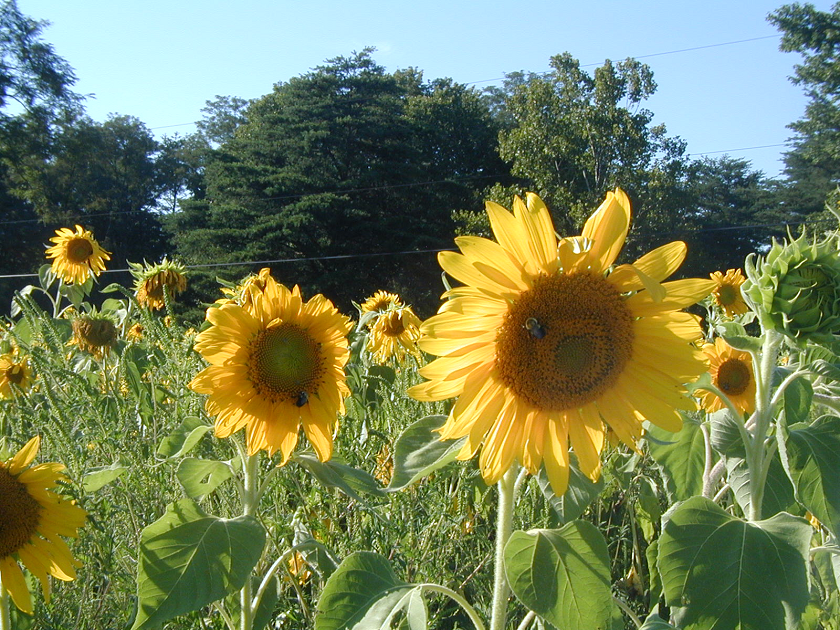
I am not convinced that any of these proposed solutions have the capability of absorbing 100,000 unwanted horses every year. But together they would have to make some difference. All have associated costs.
Like many veterinary groups, some rescues, and some welfare groups, I am still concerned with the fate of unwanted horses. Will banning all slaughter and transport cause an increase in the number of horses that are neglected and starved? I don’t know.
But if unwanted horses can not be transported for slaughter, what happens to them? Do auctions close down? Do meat buyers find another job? Does a black market trade develop that is completely unregulated? Do more horses get turned loose like the Appalachian coal mine horses? Do more starve in fields? These are questions that need answered. I am not sure anyone has answers.
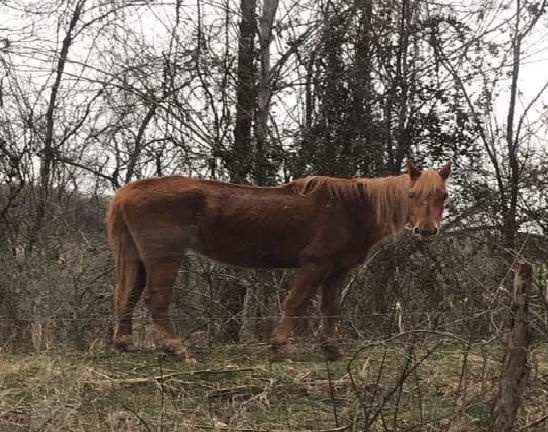
What I am sure of, is that the best way to keep horses from being unwanted is through good care and careful and purposeful training. I want to have a line of people wanting, no, begging, to take my horses if something happens to me. I want them to be healthy, well cared for with great ground manners, solid training, and calm rides on the trails. I know I can’t save all the unwanted horses from slaughter, but I intend to see that my own never join that count.
This quote from Tom Roberts, an Australian horseman, says it best:
“If you are fond of a horse and wish to do him a real favour, train him well. Teach him good manners, good habits, both in the stable and under saddle. You need never worry about the future of such a horse if for any reason you have to part with him. You assure him of friends wherever he goes. Perhaps the greatest kindness you can do any horse is to educate him well.”
Tom Roberts
Do you have a plan for keeping your horse out of the auction funnel and off the transport trucks? What if something changes in your life?
Read Part 1 – https://randomcanyoncrafts.com/why-horse-slaughter-is-not-the-problem-part-1/
Link to Emergency Planning Post
Link to Long-Term Planning Post
I have been on this soapbox for years. I’ve even taken the unpopular stand of re opening the slaughter houses in the US, I know it’s not an easy answer but until backyard breeders, horse breeders etc. stop indiscriminately breeding horses, I know no other reasonable solution. I would much rather see horses euthanized humanely in a U.S. regulated slaughterhouse than the awful conditions in other countries, not to mention the shipping horror. I would even like to see horse meat legal in dog food again, a bullet to the head would be a fast way to go and solve the problem of the drugs. I had an older horse that coliced so badly that couldn’t be saved and the vet couldn’t euthanize him until I had a 6 foot hole dug in my pasture(in the middle of winter). I was out of the country at the time and no one was willing to shoot him so he suffered for hours until I could get it all arranged. Just horrible.
Hi, Ginger,
Thanks for reading my article and understanding the issues so clearly. I have always had a problem with the anti-slaughter laws, because there was no solution available. I think slaughter needs to be improved, but I prefer that to the gruesome trips to the borders in trucks.
Sorry about your horse. Colic is awful. Been there.
I know this is a controversial topic. Thanks for chiming in.
Grandma HaHa